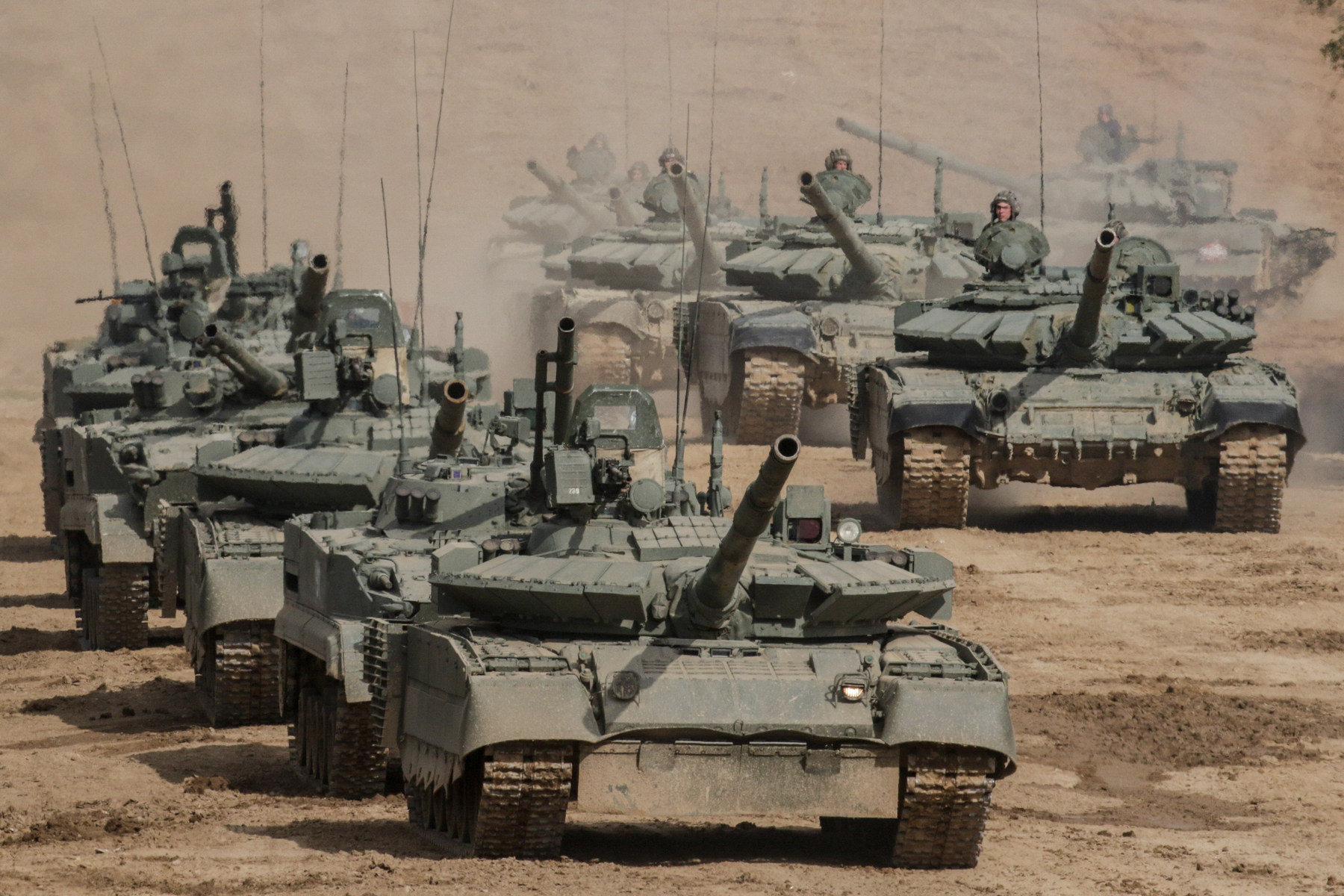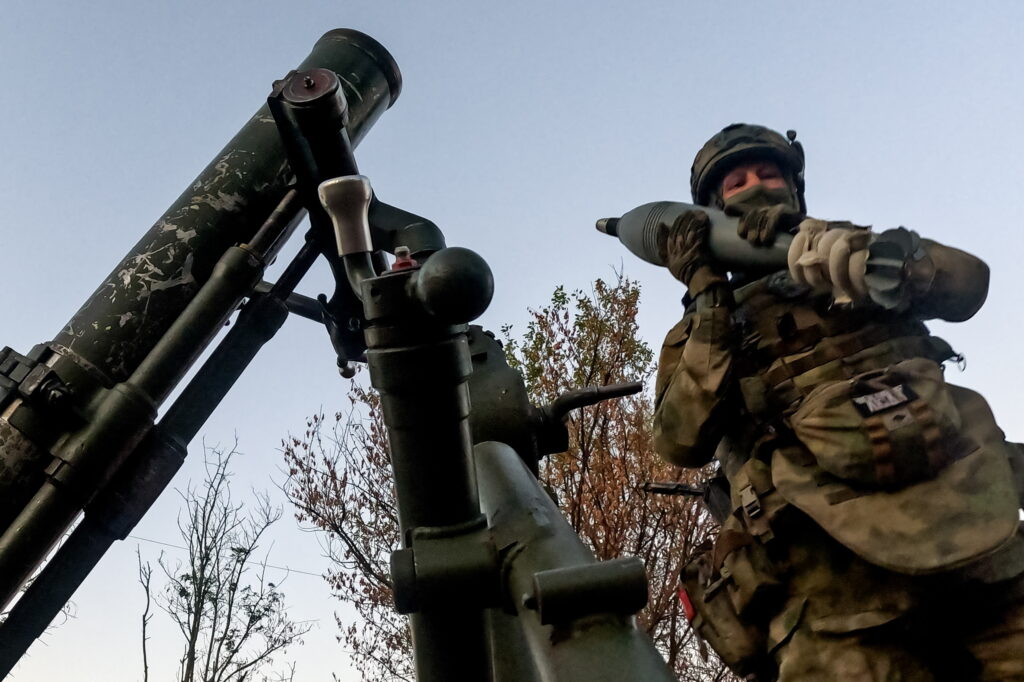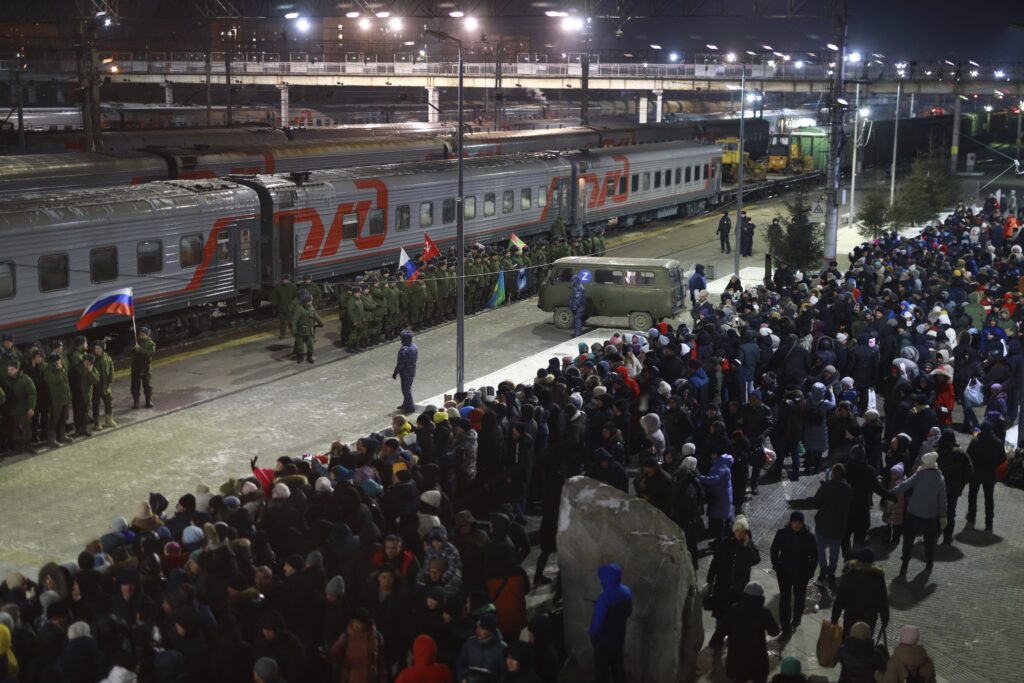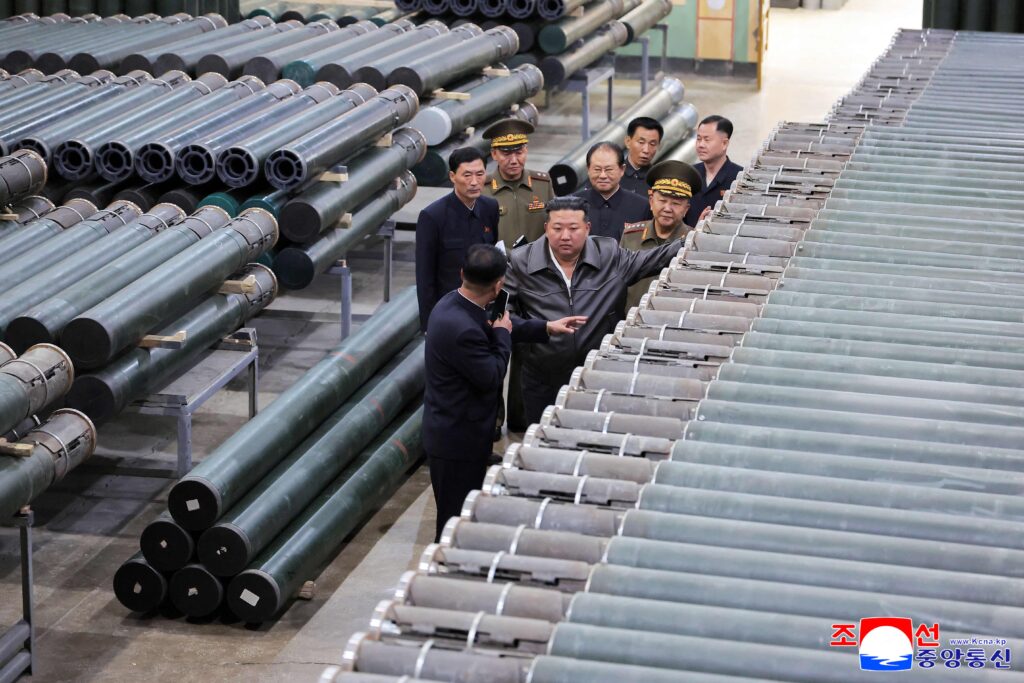Information about the build-up of Russian troops at the Ukrainian border and gloomy forecasts about the timing of a possible Russian invasion of Ukraine made the headlines in the autumn and winter of 2021 and was first mentioned last spring. Apparently, as many as 100,000 troops have been redeployed to and amassed at the border. Indeed, under the existing circumstances, Moscow seems to have little hope for the implementation of the Package of Measures for the Implementation of the Minsk Agreements (Minsk II) on Russian terms. On the one hand, the leaders of France, Ukraine and Germany who concluded the agreement have been replaced. On the other hand, the global agenda has also changed, and the problem of Donbass has been almost forgotten.
Moreover, Ukraine has grown accustomed to a ‘neither war nor peace’ state of affairs and the seeming freezing of the conflict suits it given the current political and economic situation. These factors could allegedly provoke Moscow to a full-fledged offensive. However, the reality is more complex, as is the rationale behind Russia’s actions.
A trick that has worked once will work again
In retrospect, there is a rather simple explanation for the ‘military alert’ situation created near the Ukrainian border in the spring of 2021. The new US administration was not paying due attention to the Kremlin. Preparations for Angela Merkel’s farewell were underway in Germany at the same time. Russia’s dealings with Belarus, Syria, Libya and Africa were at a relative standstill. And the world as a whole was fixated on yet another strain and vaccination rates, the climate agenda and the Chinese threat. All this was coupled with Armenia’s extremely disappointing military defeat in the autumn of 2020 and Ukraine’s desire to involve the United States in Donbass negotiations. Moscow ended up losing the initiative in foreign policy. The Kremlin wanted to dictate its agenda to the West at a time when there were no other serious and available foreign policy resources at hand except military pressure.
Those manoeuvres neither chilled Ukraine to the bone nor made European participants of the Normandy Format talks start putting pressure on Kyiv regarding the implementation of Minsk II. However, Russia managed to start a dialogue with US President Biden and his administration and hold a full-fledged Putin–Biden summit in the summer of 2021. It is also important to understand that the foreign policy momentum enables the Russian political class to flex its muscles. Moreover, in the absence of such stimuli, the weariness of the Russian political system (which is tired of itself) comes to the fore, and the pursued political and socio-economic goal may be put in doubt.
The late autumn of 2021 created similar conditions. The renewed dialogue with the United States plunged into a diplomatic and expert routine. Ukraine demonstrated its ability to use Bayraktar TB2 strike drones purchased from Turkey. No victories have been observed in Syria or Libya either, and the story about Russian mercenaries in Mali has not borne fruit. Besides, Lukashenko’s clinging to power is already causing reputational damage to Russia, just like the unexpected gas crisis in Europe. It turns out that Russia lacks a coherent foreign policy initiative and a meaningful agenda, while the West’s negative public opinion concerning Moscow is getting worse.
Against this backdrop, the next round of troop movements towards the western border can be seen in the context of other Russian showcase actions – from regular tests of its hypersonic Zircon cruise missiles and the announcement of their serial production to the destruction an of an old Soviet satellite in orbit. Simply put, Russia is once again trying to initiate favourable foreign policy dynamics in areas where it feels confident. For example, this may be a litmus test for Europeans and an attempt to maintain the initiative within the framework of the Normandy Format talks. By the way, let us recall a recent story with a tinge of scandal, where Moscow published the correspondence between Russian Foreign Minister Sergey Lavrov and his counterparts from Germany and France.
Russian-American relations have an additional, albeit very specific, tint. The build-up of troops and the endless reference to ‘red lines’ which cannot be crossed are parts of the same game. The Kremlin shows it has an appetite for more. The fact is that behind the rhetoric of ‘red lines’ there is an expectation of binding guarantees from the United States and NATO in general not to deploy arms on Ukrainian territory (although the West had no such plans in the first place). Such guarantees would essentially mean recognizing Ukraine as part of the sphere of special Russian interests.
In addition, one should not rule out the possibility that this is an attempt to provoke the Ukrainian authorities into making diplomatic and military mistakes. At the very least, such military alerts gradually wear out both Kyiv and the West and distract their attention, while the movements of Russian troops become routine for foreign observers and attract less attention in the end.
On the whole, any such result could come at a relatively low price for Russia. After all, the troops are being trained, the use of fuel and military equipment is under control, while chartering platforms to transport military equipment look almost Keynesian at a time when their owners have not benefitted from a recovery in the freight transport market. And even if it is a false alert, Moscow has other options to manage the situation.
Coercion to peace
Another option available to Russia with respect to Ukraine is direct pressure along the demarcation line in Donbass. Theoretically, a local operation against the Ukrainian army can be launched in response to any actions, especially if they involve civilian deaths. The latter, by the way, would calm down the West’s desire to support Kyiv. Hence, the defeat of the Ukrainian party by the so-called DPR armed forces and LPR people’s militia, similar to what happened in the Battle of Debaltseve in 2015, could be perceived as a way to force the Ukrainian army to negotiate. This could involve either the implementation of the Minsk II agreement on Russian terms, before the agreement becomes irrelevant, or the conclusion of a new agreement in whatever format Moscow deems appropriate.
A ‘humanitarian mission’ may also be implemented to protect new Russian citizens of Donbass, coupled with the transition of a covert military presence to an overt one. However, this would mean a radical revision of the entire political framework of the conflict, and it is not yet certain that Moscow is interested in such a revision. One way or another, any forceful pressure along the demarcation line requires a solid cover operation at the Russian border in case something goes wrong.
In general, for Moscow, the conflict with Ukraine is hardly a priority in itself yet. Today, many have forgotten its main idea – the destruction of Ukraine as a source of a socio-political and economic alternative for Russia. Vladimir Putin himself reminded everyone about this idea in his article in July 2021. Almost eight years since the conflict began, Ukraine has not created any other attractive alternative for the Kremlin. Moscow could stay calm and wait for more favourable circumstances to emerge. Moreover, the conflict with Ukraine is obviously placed in a much broader context of relations with the West – from military aspects to trade and the issue of Russia’s partially unrecognised borders. Therefore, today there are simply no rational preconditions for a large-scale Russian military offensive against Ukraine. Such an offensive would generate no benefits for Russia, while the political and economic costs would be catastrophic.
The Belarusian issue to be resolved
Perhaps the current military alert has another dimension, that of the Lukashenko issue, which is one of the key problems for Moscow. The Belarusian dictator is not only trying to make Europe talk to him but is also trying by all means to preserve his autonomy and, of course, the autonomy of the Belarusian elite from Russia. The protracted political crisis that began in Belarus in the summer of 2020 is creating obvious political and economic costs for Russia, as well as the threat of new Western sanctions.
In addition, Moscow has embarked on a course of integration with Belarus within the framework of the Union State since 2018–2019 in order to permanently consolidate its control over the politically and economically stagnant republic, regardless of its leadership. As Lukashenko is increasingly turning into an obsolete figure, while Moscow is not stopping him from making as many mistakes as possible, the issue of preserving the Union State after Lukashenko is gone becomes quite urgent.
And this in itself seems to be a good excuse for Russian military manoeuvres. Simply put, Moscow may be preparing for developments in the Belarusian direction, not the Ukrainian one. Let us not forget that the issue of the Russian military base in Belarus is also not off the agenda. It is also important to understand that Belarus is a good springboard to both increase pressure on Ukraine and bargain harder with the West on European security issues.










